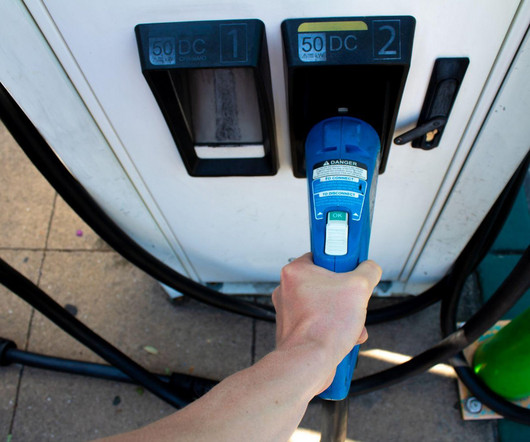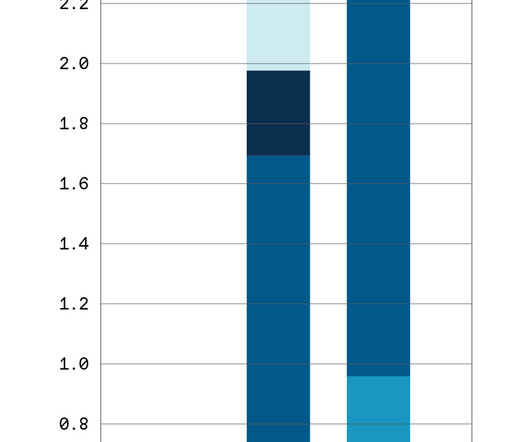Opinion: Debunking the mythsWhy fuel cell electric vehicles (FCEVs) are viable for the mass market
Green Car Congress
NOVEMBER 7, 2014
2014 has been a year of rapid growth for the fuel cell market with positive progress being made globally, especially in markets such as US, UK, Germany, France and Japan. Despite the recent progress, a number of myths around the use, power efficiency and cost of fuel cells still exist. Henri Winand, CEO of Intelligent Energy.
























Let's personalize your content